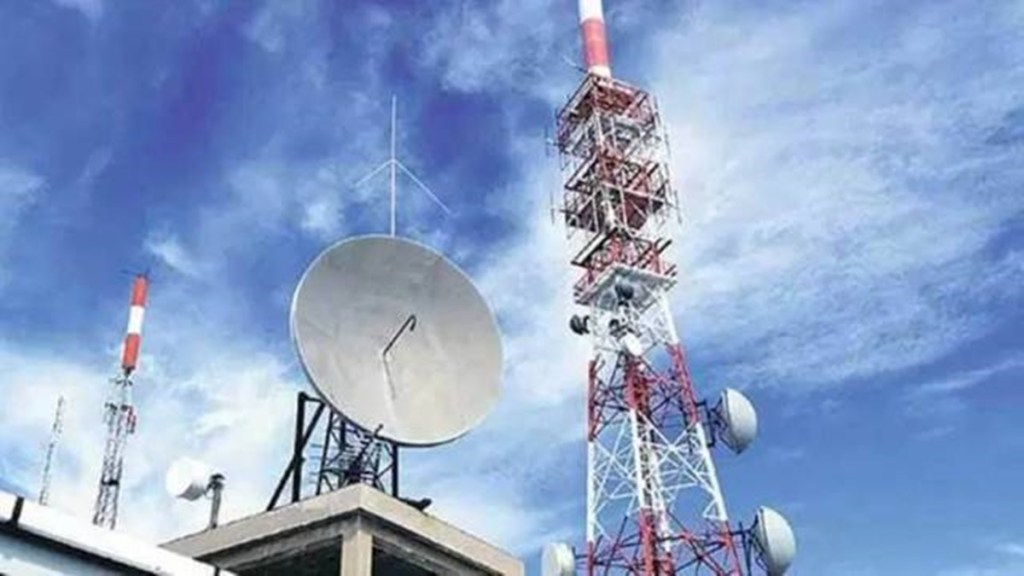By Sayan Chatterjee
In today’s digital age, where communication is primarily conducted through smartphones and computers, the ancient visual communication system known as – Semaphore may seem obsolete. However, semaphore, with its roots dating back to the late 18th century, continues to hold significance and has even found new applications in the modern era.
Semaphore, derived from the Greek words “sema” meaning “sign” and “pherein” meaning “to bear” or “to carry,” refers to a method of visual communication that utilizes visual signals to convey messages. Originally developed by French engineer Claude Chappe, semaphore involved a network of towers with mechanical arms or flags positioned differently to represent letters, numbers, and symbols. These visual signals could be observed and interpreted from a distance, allowing for long-distance communication without needing electronic devices.
In recent times, semaphore has experienced a resurgence as a captivating artifact of the modern era. The traditional flags and mechanical arms have been replaced by handheld LED devices, which can be used to recreate the visual signals of the semaphore system. This adaptation allows for preserving the semaphore’s historical significance while incorporating modern technology.
The semaphore system operated through a series of predetermined signals or codes conveyed through different hand positions over configurations of flags. Signal senders, equipped with two flags, manipulated their positions to represent letters, numbers, and symbols. The recipient of the message would carefully observe the flag positions and decipher the encoded message accordingly.
While wireless communication technologies have largely replaced semaphore, it continues to be valued in specific contexts. In the Indian Navy and the Indian maritime industry, semaphore is important alongside railways, roads, and aviation. Even in the face of advanced wireless systems, semaphore remains a symbol of human ingenuity and creativity in transmitting information across vast distances.
One notable semaphore system is the International Maritime Signal Flag Code, also known as the International Code of Signals. This code consists of a set of flags representing specific letters and numbers, allowing for the spelling out of various messages by manipulating the positions of the flags.
Historically, semaphores played a crucial role in maritime communication and navigation. It enabled sailors and ships to transmit vital information across vast oceanic distances. From distress signals to navigation instructions, semaphores facilitated the exchange of critical messages through concise and structured physical transmissions. Similarly, military units utilized semaphores to relay orders and information, ensuring seamless coordination between different units. While modern technology has revolutionized communication in the maritime domain, semaphore retains its importance as a backup and alternative method, particularly in situations where electronic systems may be compromised or unsuitable.
Expressing his thoughts on this customary method of visual communication, Cmde (Dr) Srikant B Kesnur (Retd) Indian Navy and a, Naval Historian, said, “Semaphores, a timeless visual language at sea, hold profound importance in the present era, as well. From flags to LED handhelds, they offer clear and visible communication. The allure of semaphores lies in their demand for human mindfulness and agility to transmit messages accurately through physical movements. Overcoming short codes and time constraints, they ensure secure communication, impervious to interception. When electronic systems falter, semaphore emerges as a reliable backup, bridging communication gaps in jammed or disrupted radio frequencies. Its quick and comprehensible visual signaling aids swift and unambiguous exchanges in close quarters and congested marine settings. With universal recognition among naval forces, semaphore fosters interoperability and conquers language barriers. Though not the primary choice in daily operations, its versatility and historical significance make it a supplementing option. The Indian Navy even conducts intra-competition to showcase the mastery of this visual art of communication to date.”
Beyond its maritime and military applications, semaphore has also found utility in other domains. In railway operations, semaphores aided in coordinating train movements and communication between train operators and signalmen. Sporting events like cycling races have also adopted semaphores to indicate race status and instruct participants.
Semaphore is a captivating relic from an era when ingenuity was paramount in transmitting information across vast distances. Whether through its historical significance or its contemporary adaptations, semaphore continues to be a testament to the power of visual communication in conveying messages effectively and creatively.
The author is an independent journalist.
Disclaimer: Views expressed are personal and do not reflect the official position or policy of Financial Express Online. Reproducing this content without permission is prohibited
